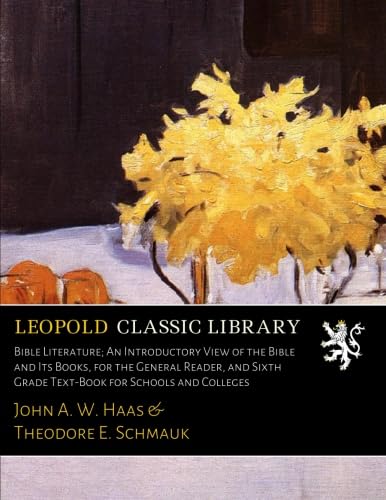About the Book
Biblical studies are a set of diverse disciplines that are concerned with a study of the Bible, i.e. the Tanach and the New Testament. There were four gospels comprising the New Testament (Matthew, Mark, Luke and John), and these are the main sources of information about the life of Jesus. Bible studies itself draws on many disciplines ranging from archaeology, ancient history, cultural backgrounds, textual criticism, literary criticism, historical backgrounds, philology, and social science. As to philology for example, most of the Hebrew Bible, the Tanakh, which formed the basis of the Christian Old Testament, was written in Biblical Hebrew, with a few chapters rendered in Biblical Aramaic. On the other hand, the New Testament was written in Koine Greek.
Also in this Book
The history of religion refers to the written record of human religious customs, practices and ideas across several millennia. It begins with the invention of writing 5,200 years ago. The prehistory of religion refers to the study of religious beliefs in existence prior to the emergence of written records, which time varies for different cultures.
And in this Book
Religious groups include different books in their biblical canons, and sometimes divide or combine books. The Christian Bibles range from 73 books in the Catholic Church Bible, and 66 books in the Protestant canon, to 81 books in the Ethiopian Orthodox Tewahedo Church canon. The Tanakh, or Hebrew Bible contains 24 books divided into three parts: 5 books of the Torah (“teaching”); the Nevi’im (“prophets”); and the Ketuvim (“writings”). The first part of Christian Bibles is called the Old Testament, and contains the above 24 books but is divided into 39 books, and is ordered differently. The Catholic Church and Eastern Christian churches maintain that certain deuterocanonical books and passages are part of the Old Testament. The second part is the New Testament, which contains 27 bo






Reviews
There are no reviews yet.